New hire request
The most important thing in communication is hearing what isn’t said.
When multiple teams come together to create an instance that affects the whole company, communication is more than what is spoken about. We realized this when we needed a system for a crucial scenario that requires such communication: the onboarding of an employee.
During our early days, we made hiring and onboarding look way easier than it actually is by simply managing everything using a few spreadsheets. However, with every added member, team, and product, the onboarding process needed much more than just spreadsheets to ensure the new employee could hit the ground running on their first day. Multiple teams had to create multiple instances, which needed to follow a certain order so that the result is a great experience for both the trainers and the trainee.
We were never short of tools—be it a bundle of spreadsheets or the ManageEngine suite of applications—but our process determined how well that experience was provided. However, before we established and streamlined such a process, we had our share of troubled transformations of new hires—from being confused to angry to devastated:
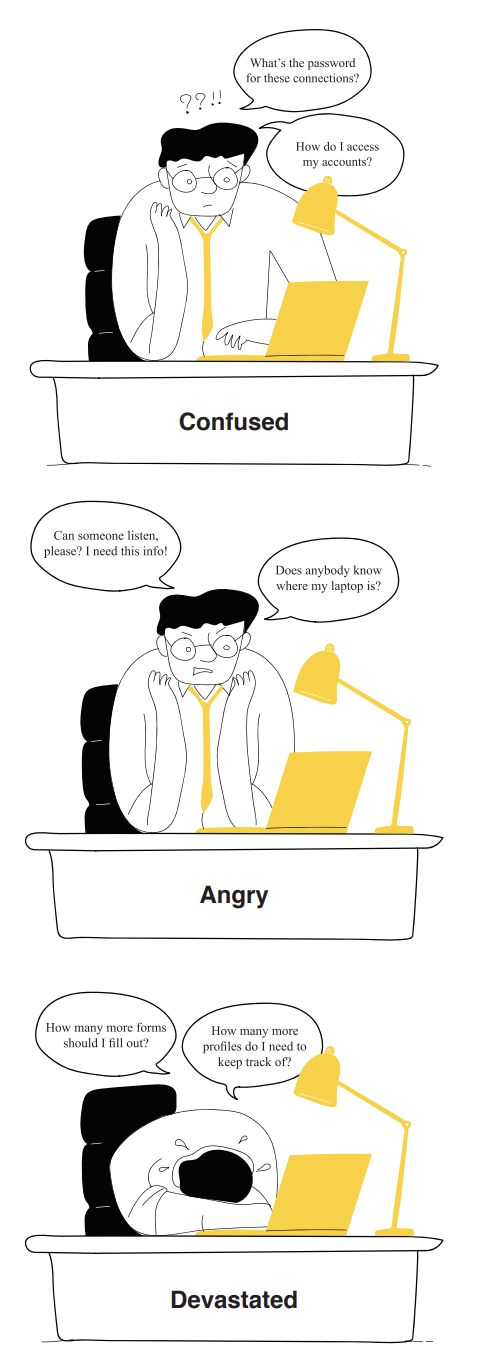
Transformations on the first day, or week, or even month of joining work, like the ones depicted above, have undesirable effects on the organization as well:
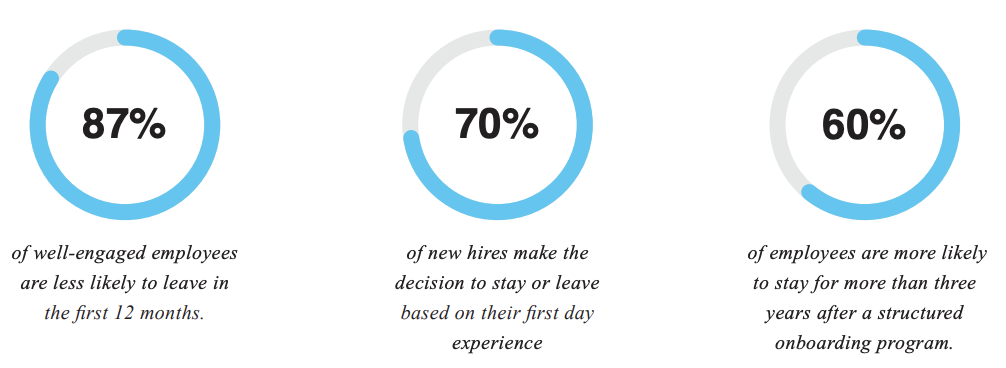
However, our process helped us turn every hiring request into a positive experience, which is also why we have a history of outstanding employee retention. There are three stages in onboarding, which involve cross-functional teams and tools.
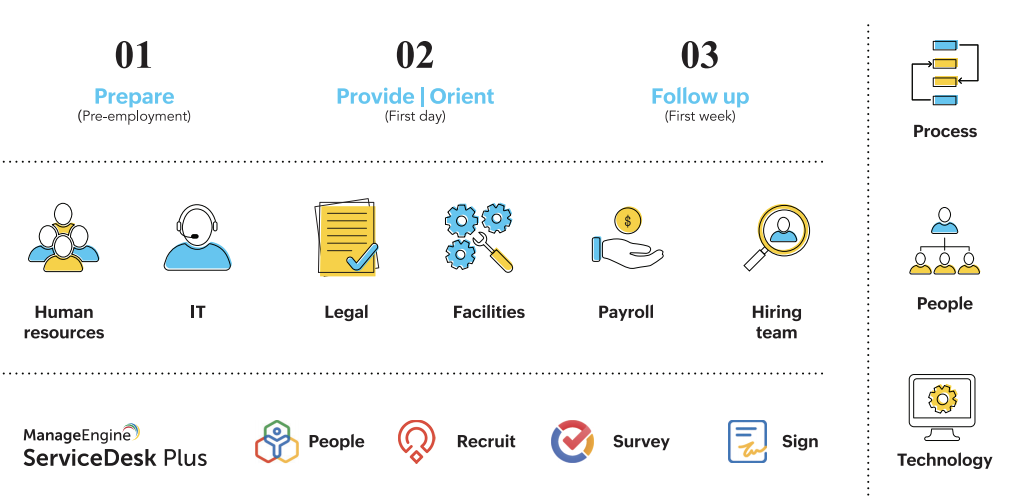
Prepare
(Pre-employment)

Each block depicted above needs careful execution so the employee has a good experience. And we always start early; we prepare to deliver even before knowing whom we are going to deliver to. So, the process for us starts right when the hiring team knows there is a requirement.
Scalability
The beauty of the process lies in how process silos are interconnected with tools. This is because the same process would otherwise be handled with tens of spreadsheets and end up running around in circles. For one job opening, we might still pull it off with spreadsheets, like we did when we started out. But that is not scalable. Scalability is when the effort needed is the same whether there is a single job opening or a campus recruitment with 100 openings. This is when integration between tools helps us.
The integration between Zoho People and Zoho Recruit ensures every successful hire is reflected in our HRMS (Zoho People). Integration between Zoho Sign and Zoho Recruit ensures minimal back-and-forth communication for signing documents after recruiting a candidate. Our IT operations are seamlessly integrated with accounts and the HRMS. This is crucial when the employee joins.
Collection of data
The whole recruitment section is managed by Zoho Recruit. A tool that manages all recruitment activities enables data to be collected in the fewest possible steps (a value). Effective collection and processing of data in a single tool ensures that the IT Desk and the non-IT teams involved in the process gather and process data from a single source. Zoho Recruit, while being integrated with the HRMS Zoho People, also enables the same entity (a job requirement, in this case) to move via various tools.
 Value alert!
Value alert!
The “prepare” phase focusses on just one objective: Get that offer letter signed. To facilitate that, we use automated email delivery as well as tools like Zoho Sign to avoid papers and back-and-forth email threads.
In spite of multiple teams and tools being involved, they all work such that a job opening gets closed with the most suitable candidate.
The first instance of a pleasant experience comes when an offer letter is sent to the candidate via Zoho Recruit. Now our challenge is to ensure that when the employee joins, their first day is a positive experience. IT operations handled by our sysadmins play a major role in that.
The IT Desk
The IT Desk, usually referred to as the Sysadmin team, creates the email address for the new employee, manages Active Directory (AD) accounts, and provides assets. But these functions are handled by different groups inside the team. Here's how our Sysadmin team is organized:
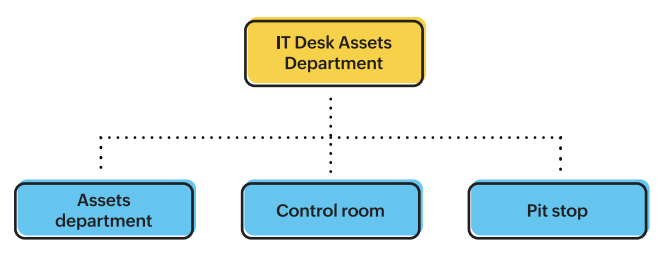
The Assets Department procures, manages, and delivers assets. You might have had a good look at the control room and Pit stops in our Incident management handbook. The control room (also referred to as the NOC room) is a central hub of IT Desk activities, while the Pit stop, which is available at every floor of the office, carries out personalized services for employees on that floor.
The IT Desk has to set up the hardware and software required for the new hire. The most straightforward way would be for one sysadmin to take up one new hire's ticket and set up the entire infrastructure. In fact, that was our way of doing things before we established the service desk model for onboarding. However, when we went towards on-campus hiring and hundreds of people joining at once, the service desk model was the most logical way forward.
IT Desk operations
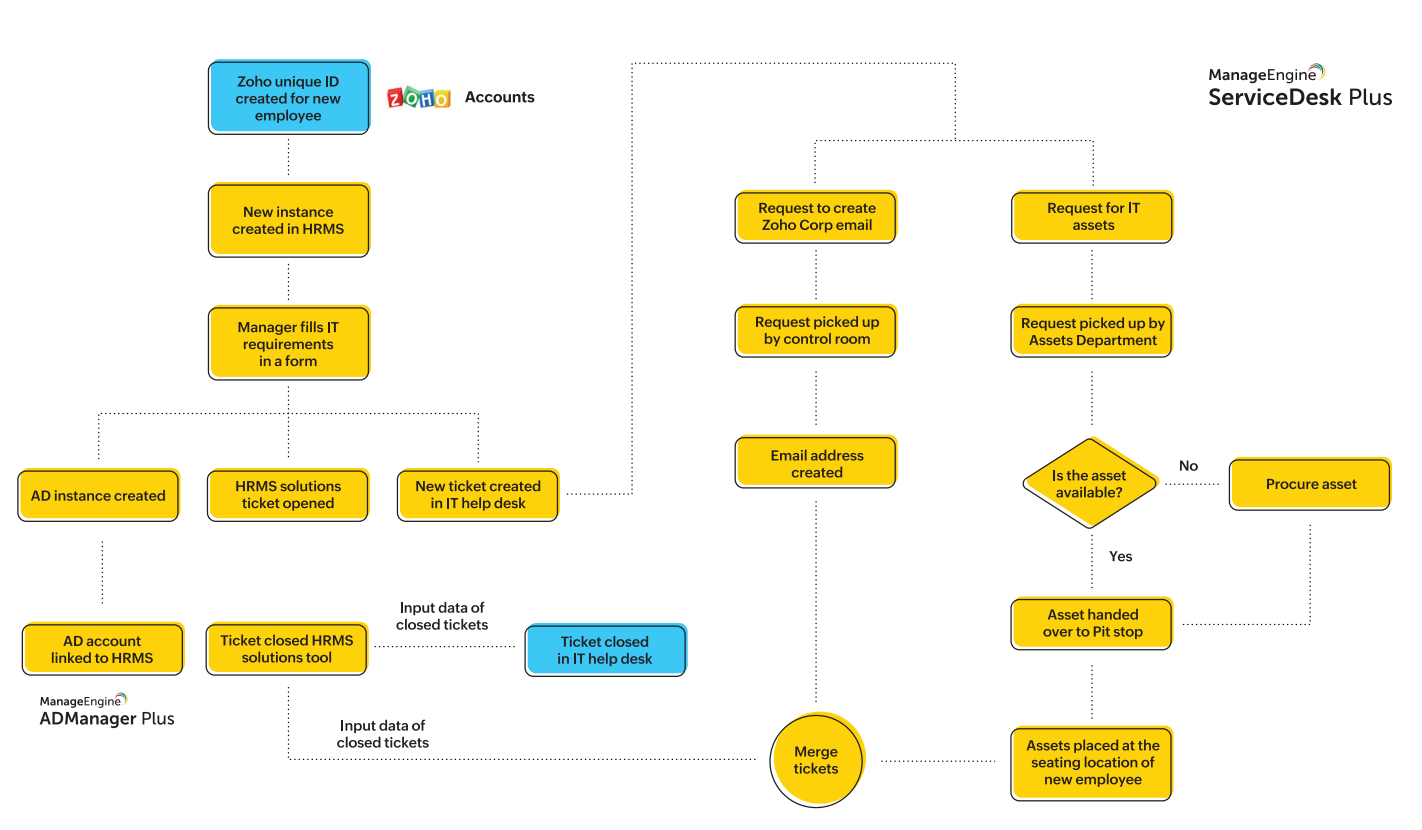
Interdependence and independence
It is strange that both these coexist in our process, and they are both crucial for us. The entire IT Desk operation is handled in ServiceDesk Plus, which makes it almost independent of processes outside the tool. However, inside the process life cycle, there is an interdependence where each task (created as a ticket) needs another task's completion to go through.
 Value alert!
Value alert!
The interdependence makes it essential for the process to have clarity. More than one person for teams) is responsible for the completion, and they know where every task is headed.
Tracking, collaborating and consolidating using the same platform helps the Sysadmin team complete all requests effectively and on time, no matter the breadth of requests.
The HRMS creates a ticket that acts as a tracker, which again depends on the ticket created in ServiceDesk Plus. The ticket created in ServiceDesk Plus then branches out into various tasks required, only to be merged into one later on and closed when the individual branches are taken care of. The HRMS uses this closure as an input to close the ServiceDesk Plus ticket. This way, we never miss a task, and the process ensures it.
Since we create individual tickets in ServiceDesk Plus, we ensure that the Pit stop is notified of the assets needed for the employee. Likewise, another ticket to the control room ensures the network requirements are taken care of as well.
This process has helped us streamline IT requirements greatly, but the truth is it has helped us avoid inefficiencies that would otherwise sabotage the process:
- Back-and-forth communication with the manager about the IT requirements of the new hire
- Delay in setting up the accounts of the new hire and procuring the physical assets needed
- Errors in procurement of assets due to incorrect information
As a result, every employee that joins us feels satisfied on their first day.

Orient and follow up
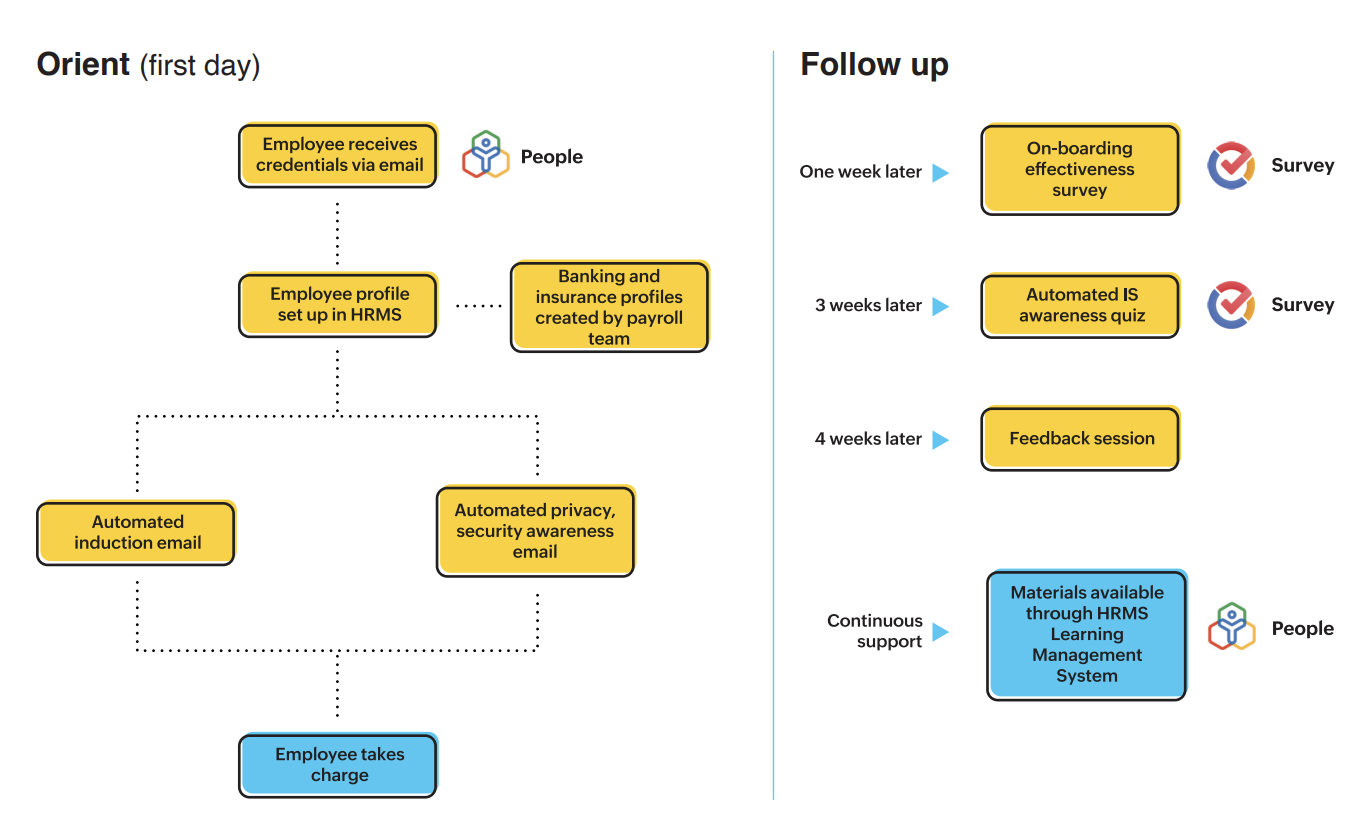
Our onboarding process does not end when employees sit happily at their desks. Our work is only half done, as they are still getting accustomed to their new job. We take almost a month after a new hire’s joining to completely onboard them. This way, we have time to evaluate and ensure that they are trained, equipped, and comfortable with their new job.
Automating the experience
We prioritize providing knowledge when we help the new hire get acclimated to their new environment. We automate the delivery of most knowledge through Zoho People so they receive this knowledge on time.
And once we schedule and automate sending emails and other notifications, Zoho People will act as the single hub that delivers the employee:
- Company policies.
- HR letters.
- Employment details.
- Information security and privacy awareness materials.
 Value alert!
Value alert!
Employees, especially the new ones, often find themselves wanting of information. Providing them with crucial announcements, company policies, their own details, contact numbers, and any other relevant information removes any uncertainty they have regarding their new jobs. This clarity completes the experience curve of on boarding.
Gauging the experience
Effectiveness, being one of the values of experience, helps us understand how well our process has worked. To understand that, we send out a series of questionnaires that are automated through Zoho Survey. The HR team, after analyzing the results, conducts feedback sessions to fill in gaps that may be in the process.
Furthermore, Zoho People will continue to remain the single most reliable hub for all information. The learning management system (LMS) modules of Zoho People ensure employees can utilize training programs whenever they want.